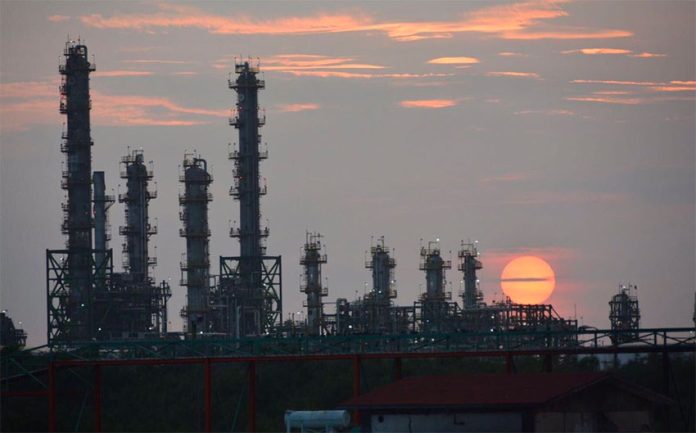The petroleum and commercial port at Salina Cruz, Oaxaca, will receive a 9.7-billion-peso (US $515-million) upgrade after 40 years of operating with “temporary” installations.
A cost-benefit analysis conducted by the Secretariat of Communications and Transportation (SCT) found that the project will help transport fuel to all of Mexico’s Pacific coast more efficiently, more affordably and with less risk than the current “provisional” system.
“The port operations in these preliminary and slightly precarious conditions have been more costly and less efficient, and with heightened risks both to the environment and the workers involved,” says the study.
The document emphasizes that Salina Cruz is a strategic point for the logistic and commercial plans that the state oil company Pemex has for the coming years related to the interoceanic corridor the federal government is developing in the Isthmus of Tehuantepec.
Pemex’s maritime operations are most important along the country’s Pacific Coast, and Salina Cruz supplies a large part of the gasoline, diesel, jet fuel and fuel oil consumed on that coast.
The SCT report said that with the increase of oil production, as well as with the supply of fuel from the refineries at Salina Cruz, Minatitlán, Veracrúz, and the one currently under construction at Dos Bocas, Tabasco, the current loading-unloading system will need to be improved significantly.
The project is expected to bring new business opportunities to the Isthmus of Tehuantepec through the creation of a new export route for crude oil and natural gas, such as one from the United States to Asia.
“Negotiations are underway for the provision of a transisthmus transportation service from the Laguna de Pajaritos Port [in Coatzacoalcos, Veracruz] to Salina Cruz via a pipeline,” reads the SCT report.
“This route could compete with the current one which consists of going around the entire American continent or the African continent in large ships.”
The analysis foresees quantifiable benefits of 12.4 billion pesos (US $660 million) resulting from reductions in tanker delays, investments and operation and maintenance costs, as well as from revenue generated by tariffs and increased capacity.
“The abandonment of Pemex by past administrations was reflected in the lack of interest in investments that did not have large rates of return such as the extraction of crude oil, regardless of the fact that [such investments] were necessary to maintain balance, safety and adequate efficiency levels in the entire production chain,” says the analysis.
The primary risk the SCT sees for the project is that Pemex will not be able to make the necessary investments for storage, pipelines and pumps.
It also fears that the oil terminal will not be able to supply the total volume of petroleum products demanded by the Pacific coast of Mexico due to lack of product.
The planned upgrade includes the construction of a missing section of breakwaters and a petroleum loading and unloading dock, among other work.
Source: Milenio (sp)
